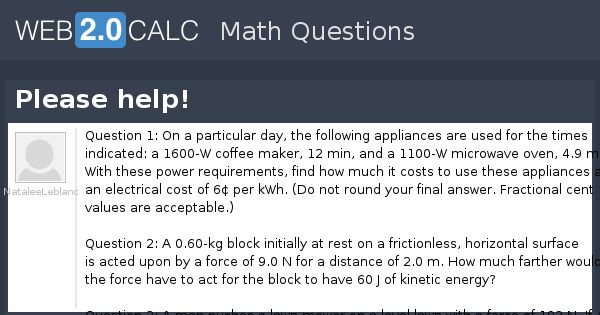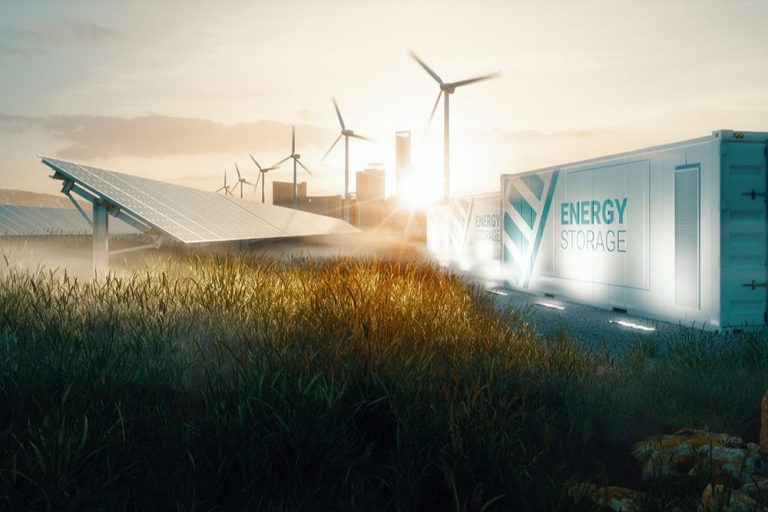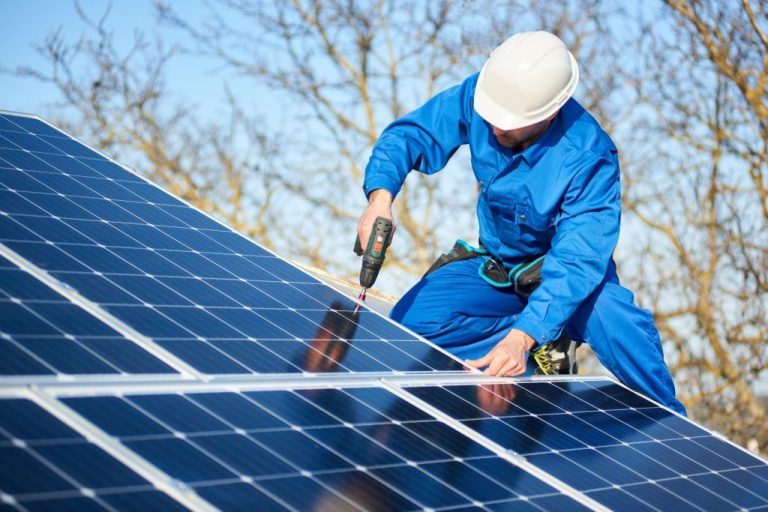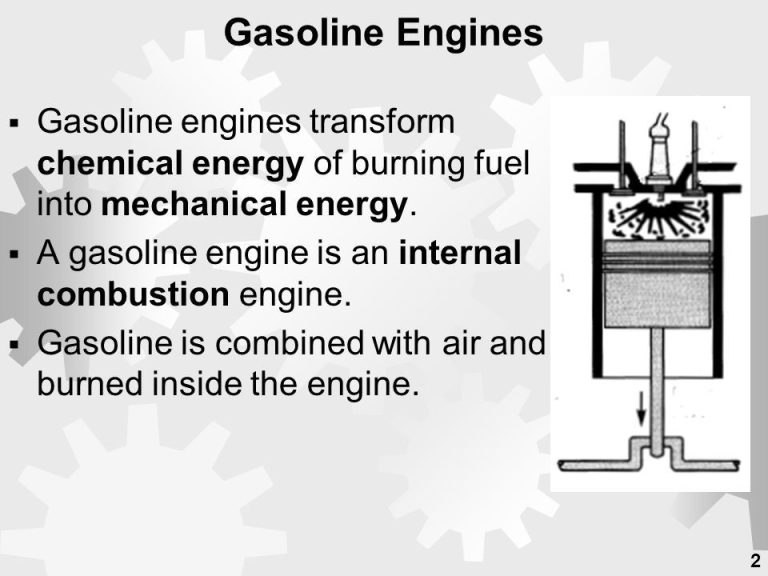What Are The Health Benefits Of Energy-Efficient Buildings?
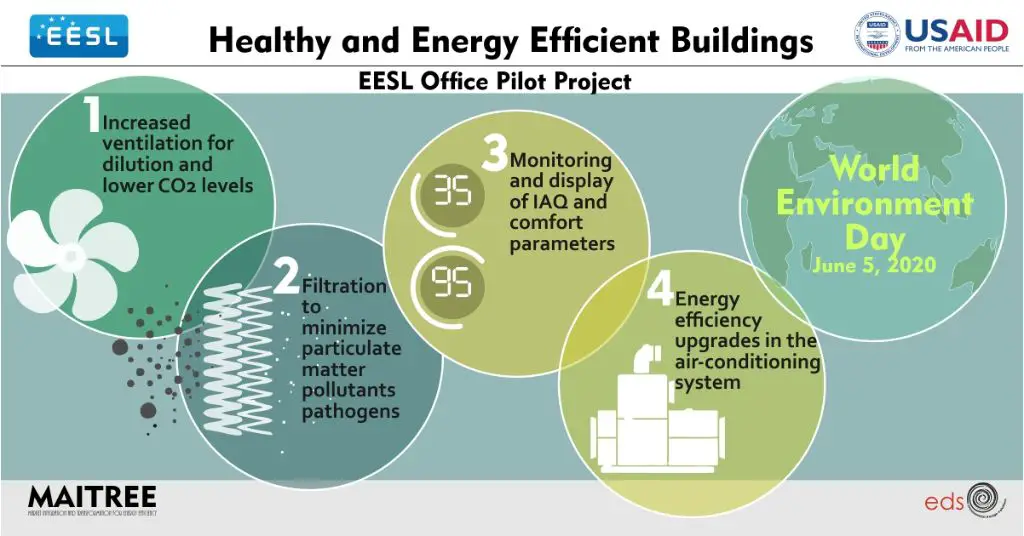
Energy-efficient buildings consume less energy than conventional buildings, reducing energy costs and carbon emissions What are Energy-efficient Buildings?. They are designed with high performance HVAC systems, building envelopes, lighting, water heating, and other energy-using systems to deliver the same or better service using less energy and resources What are Energy Efficient Buildings.
Energy-efficient buildings typically incorporate efficient insulations, windows and doors, electronics and equipment, as well as utilize renewable energy like solar. They utilize technologies like smart insulation, smart electronic devices, building automation systems, and energy-efficient lighting to reduce energy waste.
Improved Indoor Air Quality
Energy-efficient buildings often have better indoor air quality due to improved ventilation and reduced pollutant sources. According to the National Institute of Standards and Technology, energy efficiency measures like improved insulation, windows, and HVAC systems can reduce infiltration of outdoor pollutants and moisture while still providing sufficient fresh air ventilation (source). The EPA notes that weatherization activities like air sealing must be balanced with adequate ventilation to control indoor pollutants (source). Overall, energy efficient buildings allow for climate control, filtration, and dilution of indoor pollutants for healthier air quality.
Reduced Mold and Moisture
Proper insulation and air sealing are crucial for reducing mold and moisture buildup in energy efficient buildings. Air leaks can allow warm, moist air to escape into wall cavities and attics where it can condense and cause mold growth [1]. Insulation works as a vapor retarder to reduce moisture condensation on cold surfaces [2]. Using the right type of insulation with the proper R-value for your climate can control moisture and condensation issues.
Insulating walls, attics, floors, and foundations per building code recommendations creates a uniform thermal envelope that prevents condensation by eliminating cold spots. Spray foam or rigid foam boards provide excellent air sealing and insulation. Proper caulking and weatherstripping around windows, doors, and penetrations also reduces air leaks that can lead to condensation and mold growth.
Installing humidity-controlled bathroom and kitchen exhaust fans vented to the outside can remove excess moisture at the source before it causes issues. Smart vapor retarders and moisture barriers installed on the appropriate side of wall cavities based on climate zone can also control moisture movement.
Thermal Comfort
Stable temperatures within energy-efficient buildings create an environment better suited for productivity. Research shows that when indoor temperatures are kept within the comfort zone (68°F-75°F in winter and 73°F-79°F in summer), workers are most satisfied and perform optimal work [1]. Fluctuating temperatures can cause distraction and thermal stress, resulting in more errors, lower motivation, and reduced performance. One study found that just a 7°F change in temperature could result in a 10% change in productivity [2]. By efficiently controlling temperatures, green buildings create comfortable conditions that keep workers focused and productive.
Daylighting
Daylighting is the practice of using natural light to illuminate the interior of buildings. Studies show exposure to daylight offers several health and wellness benefits:
Natural light helps regulate circadian rhythms and can improve sleep quality, mood, and focus (https://www.daylight-health.com/). Daylight exposure reduces drowsiness and improves cognitive performance and concentration levels. One study found that students in classrooms with windows progressed 26% faster in math and 20% faster in reading than those without windows (https://www.bighealth.com/daylight/).
Daylight may also relieve symptoms of seasonal affective disorder (SAD). Sunlight exposure triggers the brain to release serotonin, easing symptoms of depression that occur more frequently in winter months. Workers in windowless offices report more daytime sleepiness, irritability, and headaches than those exposed to natural light.
Furthermore, studies indicate daylight positively impacts physical health, boosting immune function and reducing eyestrain. Proper daylighting techniques maximize these benefits while minimizing glare and overheating.
Noise Control
Proper insulation is key for reducing noise in energy-efficient buildings. Insulation acts as a barrier that absorbs sound and prevents it from transmitting from one room to another. According to the EPA, noise pollution can lead to stress-related illnesses, high blood pressure, hearing loss, and sleep disruption. Using insulation like fiberglass batts, spray foam, and sound-dampening materials in walls, ceilings, and floors can dramatically cut down on noise transfer.
Energy-efficient building techniques like weatherstripping around doors and windows, sealing cracks and openings, and upgrading to triple-pane windows all assist in blocking outdoor noise as well. Proper insulation and sealing creates an airtight building envelope that keeps consistent temperatures but also prevents noise ingress and egress.
Safety Benefits
Energy-efficient buildings provide increased safety through proper ventilation of gas appliances. Gas appliances such as furnaces, water heaters, stoves, and fireplaces require proper ventilation to the outside to eliminate carbon monoxide and prevent dangerous buildups. According to the EPA, carbon monoxide is responsible for more than 400 accidental deaths in the U.S. each year. Energy-efficient buildings are designed and built with properly sized and directed vents, chimneys, and fresh air intakes that allow gas appliances to function safely.
Proper ventilation is a critical component of energy-efficient construction. The U.S. Department of Energy notes that “reducing air leakage through the building envelope and efficient delivery of ventilation air will improve the health and safety of occupants.” Ensuring adequate fresh air and preventing leaks are key to providing healthy indoor air quality as well as safely removing combustion byproducts. By following energy efficiency best practices, builders can reduce the risks of carbon monoxide poisoning and gas appliance hazards.
Mental Health
Energy-efficient buildings can have a positive impact on the mental health of occupants by reducing stress. According to a study published in Scientific Reports, employees working in green certified buildings experienced lower levels of stress and greater satisfaction with their workplace environment compared to those in conventional buildings (https://www.nature.com/articles/s41598-021-85210-9). Factors like access to daylight, views of nature, indoor air quality, and thermal comfort can help reduce stress by creating a more pleasant and comfortable indoor environment.
Another study published in the journal Public Health Reports found that employees who moved into a LEED certified building reported decreased headaches, respiratory problems, and depression. They also reported increased perceptions of air quality and thermal comfort (https://www.ncbi.nlm.nih.gov/pmc/articles/PMC2920980/). By optimizing factors like ventilation, temperature, lighting and acoustics, green buildings can promote mental wellbeing by reducing sources of stress and dissatisfaction.
Physical Health
Energy efficient buildings can lead to improved physical health by reducing illness and symptoms. Studies have shown that better ventilation, temperature control, daylighting, and indoor air quality in green buildings result in fewer sick building symptoms. Employees working in these buildings have reported 24% less upper respiratory symptoms, 30% less headaches, and 50% less fatigue (1). Proper HVAC systems and insulation regulate temperatures and reduce cold drafts which can aggravate conditions like asthma, allergies, arthritis, and rheumatism. The controlled humidity in energy efficient structures also limits the growth of mold, mildew, and dust mites which are common triggers for respiratory issues.
According to the EPA, Americans spend about 90% of their time indoors, so the indoor environment plays a critical role in human health and wellbeing (2). By optimizing factors like ventilation, moisture, and contaminants, green buildings create healthier indoor spaces that reduce illness caused by poor air quality and improper temperatures.
Conclusion
In conclusion, energy-efficient buildings provide a wide range of health benefits for occupants. By improving indoor air quality, reducing mold and moisture, optimizing thermal comfort, utilizing daylighting strategies, and controlling noise, green buildings create healthier indoor environments. The safety benefits of energy-efficient design also promote improved mental and physical health. The cumulative impact of these various factors leads to an overall enhancement of occupant health, well-being, and productivity.

